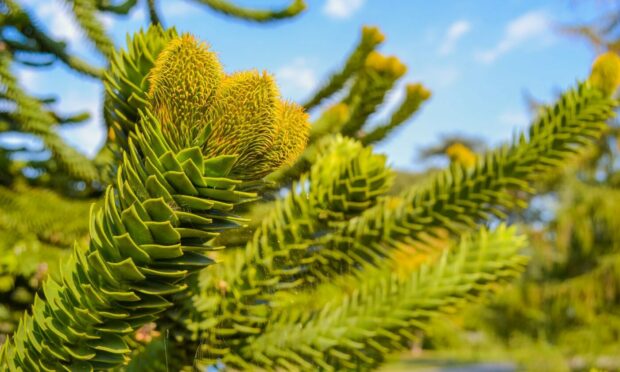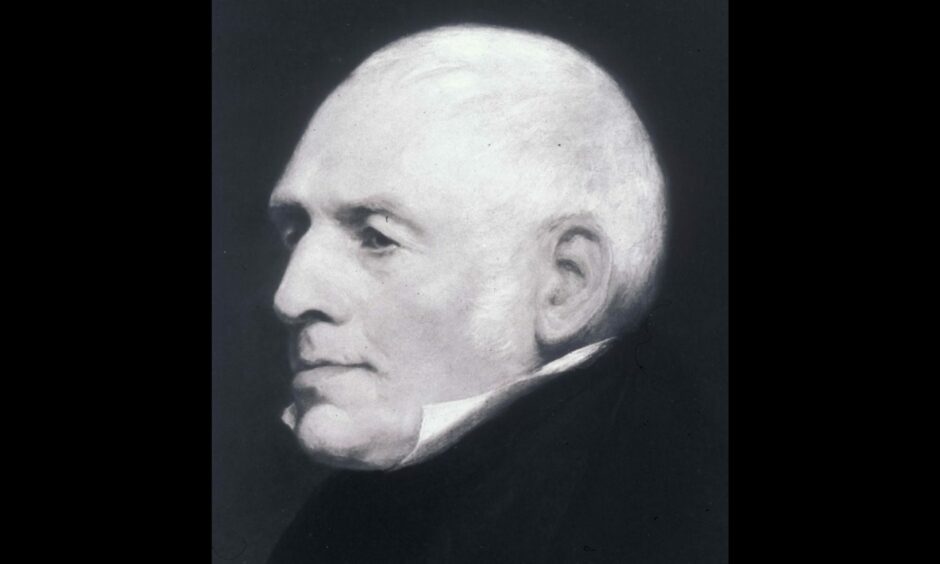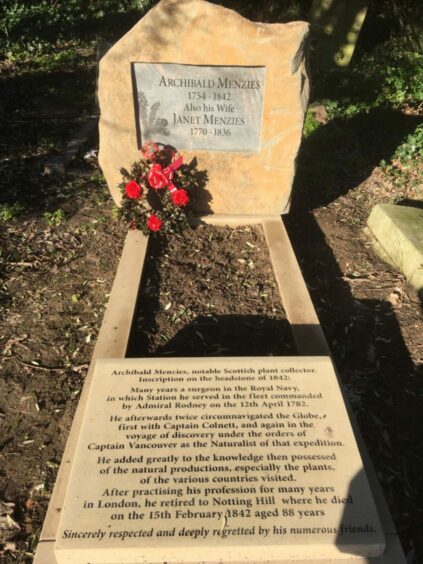I reckon those who say they know nothing about gardening actually do, and they also know more than they think.
They’ll recognise a snowdrop and know what a daffodil is. They could probably even pick out an iris.
If I was a betting man, I’d bet a tulip on the fact a daisy flower was among the first they touched when they explored the new world around them.
I really enjoy talking to these kind of gardeners. They watch the likes of Beechgrove not just to improve their gardening knowledge, but for the pure and simple enjoyment. A bit of easy watching and maybe picking up a thing or two along the way.
Monkey puzzle trees
I also meet them in the grounds of Scone Palace where I work, appreciating the beauty that surrounds them.
“Do you have one of those monkey puzzle trees?” is a common question when I get chatting with them.
You can’t beat the look of happiness when I tell them there are a few within the Pinetum; their faces light up.
Araucaria araucana hails from Southern Argentina but can mostly be found in south-central Chile, growing on either side of the Andes mountain range.
Its popularity comes down to its unique appearance. Long, spidery branches are densely packed with dark green, densely overlapping rigid, spikey leaves.
These need to be handled carefully when the branches fall to the ground as the tree matures.
It’s this characteristic which gives it this common name.
In 1834 during a ceremony to celebrate the planting of their first tree at Pencarrow House in Cornwall, one guest remarked that climbing this tree would even be a puzzler for a monkey. And so the name stuck.
Famous plant hunter
This was nearly 40 years after the tree was first introduced to the UK shores by another one of our famous plant hunting Scotsmen, Archibald Menzies.
As countries around the world started opening their borders for trade, so began the practice of sending out men in search of new plants to be grown in our gardens back home.
Along with his fellow countrymen David Douglas, George Forrest and Robert Fortune, Menzies was one of these great men.
He was born in Styx near Aberfeldy, across the water of the river Tay from Castle Menzies, where his father worked as a gardener.
Archibald too spent time in the gardens here at a time when they were being planted with ornamental trees, and the terraced kitchen garden grew plenty fruit and vegetables.
The botanical gardens at Edinburgh soon beckoned, and there his talents became recognised.
He was encouraged to study medicine which, perhaps conveniently, meant he would also study botany.
Naval career
During a career as a naval surgeon he was able to combine this with the collecting of plants. He discovered over 400 species new to science, which include Penstemon, Ribes and Arbutus
Due to the loss of records it’s not fully clear how this most notable introduction came to reach the UK.
Yet where other plant introductions have had drama and action in the field attached to them, this has a more gentle and civilised tale.
Whilst at a banqueting dinner, Menzies couldn’t help but be intrigued by a dish of finger-shaped, bronze nuts, a food that was much enjoyed by the local hosts.
It was here he is said to have put a handful in his pocket and planted them during the journey home. And that’s how the Chile Pine made it to the gardens of Britain’s estates.
Sadly today, despite the Monkey Puzzle’s popularity in our public parks and in the gardens of stately homes, in its native habitats it has been registered as endangered by the International Union for Conservation of Nature.
This is truly sad and an all too familiar story of other plants in similar situations. Once again its down to the actions of us humans, just as many timber tree have been lost due to over logging.
Seeds as a food crop
As Archibald Menzies discovered, the nuts of the Monkey Puzzle tree are a nutritious seasonal meal.
Seeds are collected as a food crop, thus preventing them from becoming the next generation of trees in the wild.
In addition, although fire may seem a natural thing, fires unfortunately increased during the 20th Century in order to establish agricultural and livestock activities.
To help protect these plants a network of ‘safe site gardens’ has been developed under the International Conifer Conservation Programme.
In collaboration with the threatened plants host country, wild collected plants are being grown not only in botanical or large gardens, but also in golf courses and forests, to safeguard the genetic material.
There are a number of these sites across Scotland including the land around where, in the mid-1700s, a young plant hunter started exploring…




Conversation